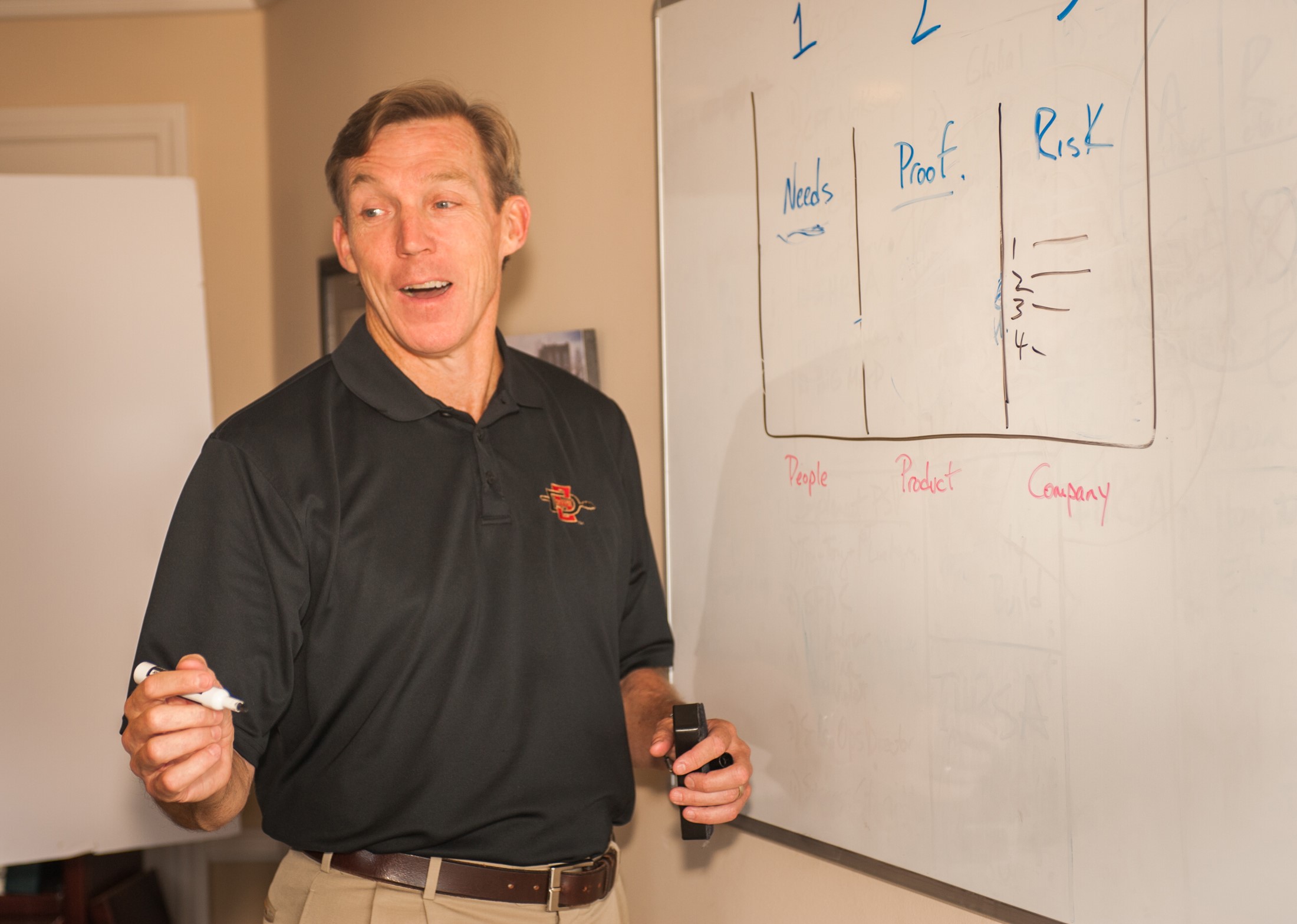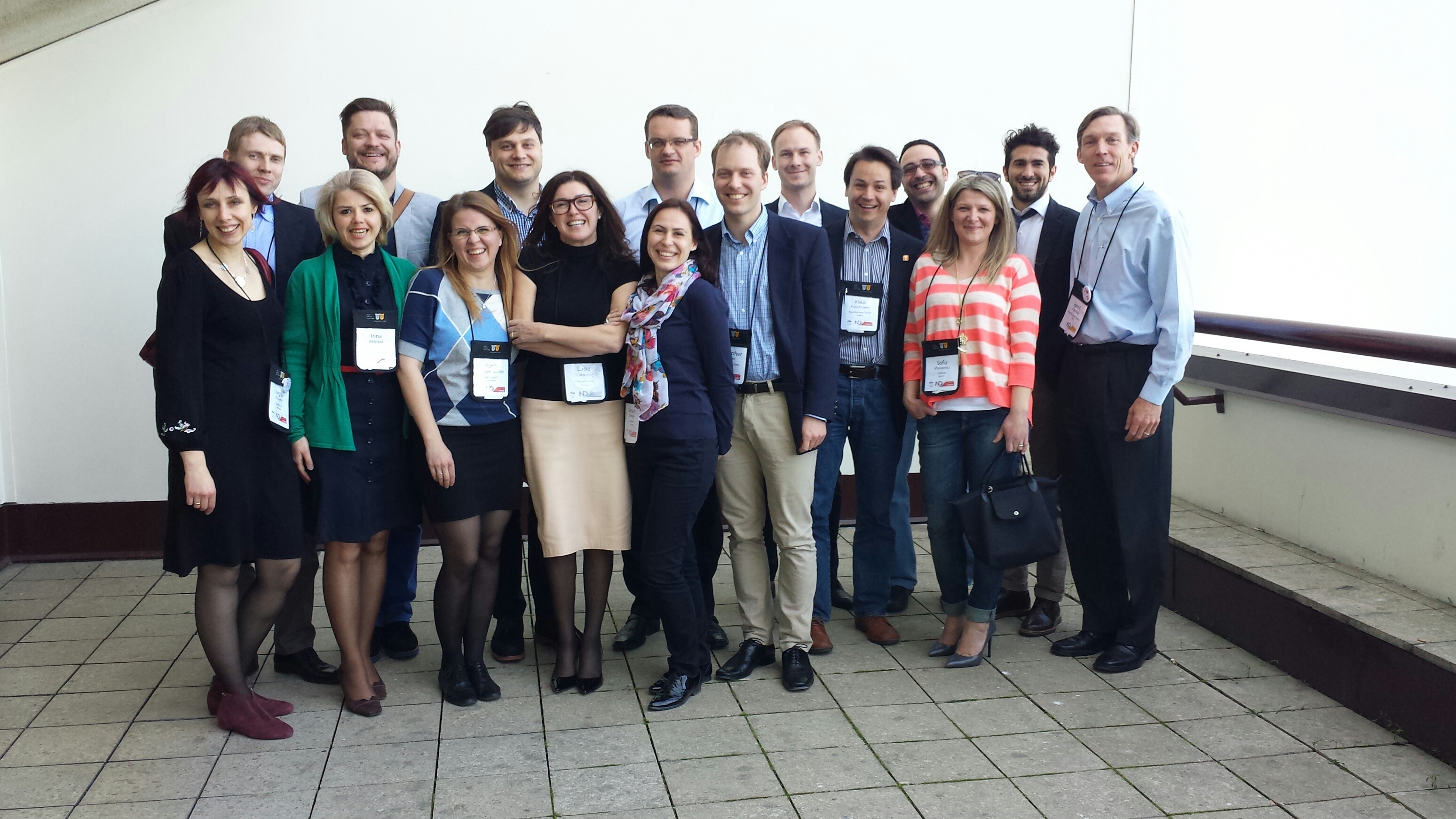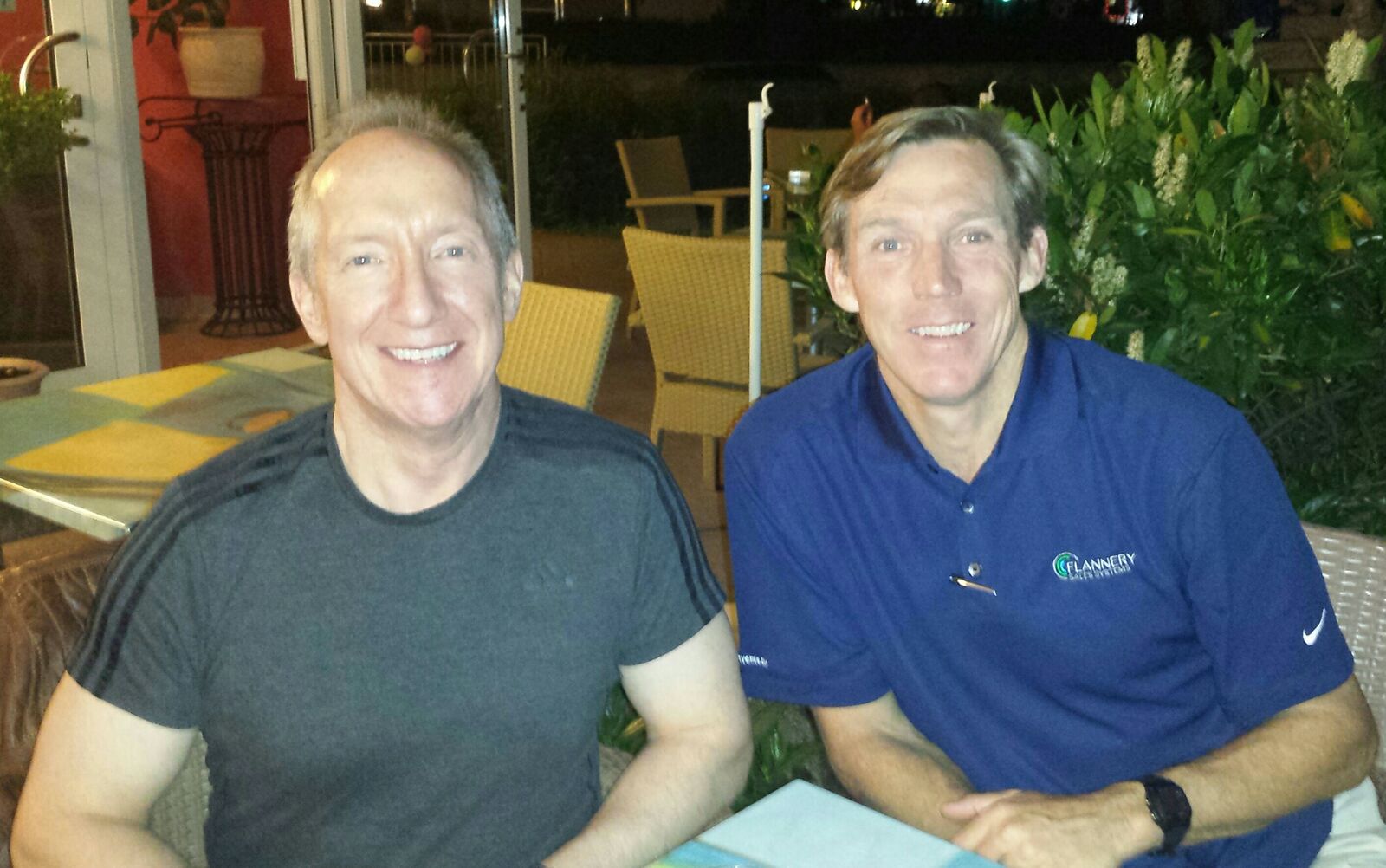 As you move towards the final phase of the buying cycle with a customer or prospect, you are likely to encounter some manifestation of risk that the buyer is experiencing. This becomes heightened when a key player that you are working with is switching vendors, and there is some sort of cost associated with the change, whether it is financial, emotional or a combination of the two. Helping your buyer to manage that risk is important as you move towards the close.
As you move towards the final phase of the buying cycle with a customer or prospect, you are likely to encounter some manifestation of risk that the buyer is experiencing. This becomes heightened when a key player that you are working with is switching vendors, and there is some sort of cost associated with the change, whether it is financial, emotional or a combination of the two. Helping your buyer to manage that risk is important as you move towards the close.
According to an article in the publication of the Harvard Business Review titled “How To Live With Risks”, 60% of corporate strategy officers surveyed said that their company’s decision making process is too slow, in part because of an excessive focus on preventing risk. For salespeople, this means deals that drag out too long, and may completely derail if the risk assessment is not managed by the seller.
In my last trip to Europe, I had the opportunity to tour Hangar 7 at the Salzburg, Austria airport. Hangar 7 is a structure that was built by the Co-Founder of Red Bull, Dietrich Mateschitz as a place to store many of the high end toys that he keeps in the Red Bull organization. The building itself is a beautiful piece of work, with all glass panels encasing the egg shaped structure. As one of the dozens of craft (air, land, sea) in the hangar, there is the space capsule (as seen in the picture) that Felix Baumgartner used to break the world record of a free fall sky dive into the earth’s atmosphere; he jumped from 24 miles high!
The preparation and work to manage the very risky feat that Baumgartner accomplished was addressed before he launched himself off the short, one foot step attached to the side of the capsule. All factors were taken into consideration for his bold attempt, to include a myriad of scientific computations on the rate of his descent, the pressures placed on his body, and the atmospheric conditions in space as he entered the earth’s orbit and beyond.
And while it may not be as life threatening as Baumgartner’s leap, you must also help your buyer navigate those final steps in making their commitment to move forward with your solution. A certain level of risk is normal when making a change in your professional or personal lives, but some of the factors that could derail a decision need to be addressed sooner as opposed to later in the buying cycle.
In the customized programs built for our customers, we encourage the sellers to begin to help shape the picture of the transition to their solution while the buyer is still in the Evaluation phase. This allows two positive things to happen; first, it shows the buyer that you are thinking a step ahead, and how you will help them to make the switch, minimizing surprises along the way. If a buyer will participate with you in this exercise before making a final selection, this tells you that you are in a lead position. And second, this approach provides the buyer with a vision of how the solution will work in their existing environment. In most circumstances, our customers need to actually install a solution, and/or train individuals on how to use the product or service they are selling. Being able to shape this sooner in the sales cycle is a leading indicator of success.
The pre-thought that goes into this by the customer and you helps to paint the picture of success before you get the final approval. It will also enable your customer to address some of the risk they will encounter when making a switch.






